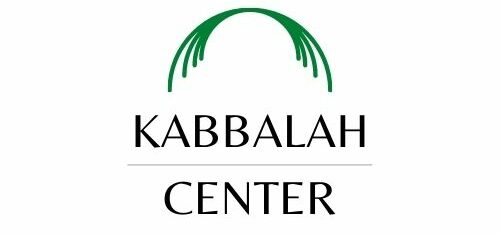The simple answer is yes, non-Jews may enter the Western wall area and pray because it is not part of the temple mount sacred area. The restrictions according to halacha involve areas of the temple mount itself
According to the laws of Holy Places, non-Jewish access to the Western Wall is allowed. However, there are certain time periods when according to Jewish Law one should not visit this area (such as during Shabbat and Holidays).
Reciting Psalms at the Western Wall is permitted according to halachic authorities for men and women, but should be done quietly without disrupting other visitors, while following accepted standards of decorum. Public recitations should only take place in individual designated prayer areas, they should not take place in the main plaza.
Why was the Western Wall built?
The Western Wall, known in Hebrew as “Kotel Hama’aravi” (the Western Wall) and in Arabic as “al-Buraq” (حائط البراق, wall of al-Buraq), is an ancient limestone wall located on the Temple Mount/Haram al-Sharif site in Jerusalem.
The wall was originally erected as part of the expansion of the Second Jewish Temple by Herod the Great, but, due to its proximity to the Mount itself, it has since functioned as a retaining wall for the platform rather than as the Temple’s retaining wall. It is a relatively small segment of a far longer ancient retaining wall, known also in its entirety as the “Western Wall”.
The retaining wall was built by Herod the Great to accommodate an enlargement of the Temple Mount platform southward onto what were open areas to accommodate large crowds.
Half of the currently exposed section and other sections hidden by later construction are visible mainly on the southern side, standing above Robinson’s Arch which was constructed on bedrock or ground level, 30 ft (10 m) lower than the current street level. The original, external (“exterior”), side of this wall faces away from Jerusalem towards the Temple Mount.
The Western Wall plaza runs parallel to part of the southern flank of Temple Mount/Haram al-Sharif, also known as the “Haram ash-Sharif” (Noble Sanctuary), Mount Moriah, or simply al-Haram al-Sharif/Temple Mount. For more details on this topic, see Temple Mount.
The plaza is administered by the Western Wall Heritage Foundation, under the guidance of the Rabbi of the Western Wall and Holy Places, Rabbi Shmuel Rabinovitch.
Although currently, up to 2 million people visit the wall each year, this represents a relatively small proportion of those affiliated with Judaism worldwide who adhere to Orthodox Jewish law that prohibits entering places of worship whilst in a state of ritual impurity. At many times during its history, Jerusalem has had a strong Christian presence that has outnumbered the Jewish population, and prayer by Christians at the site was once commonplace. The ban on Jews bringing prayer books to the wall is strictly enforced.
According to one rabbinical opinion, Jews may not set foot upon the Temple Mount however, they may go up to certain areas of the Western Wall plaza because it is not inside the confines of the Temple Mount itself.
According to this view, none of these areas are actually part of what was once known as “the sanctuary”. As a compromise between views, or an interim solution, it became accepted among many Orthodox Jews that since entering any area within what was once the Temple Courtyard renders one ritually impure, one should instead direct one’s heart towards the Temple during prayer, and for this reason, Jews praying at the Western Wall proper often face in the direction of Jerusalem so as to indicate their desire to pray specifically towards the place where once stood the Holy of Holies.
Despite halachic considerations preventing some from visiting, Jews have generally been allowed access to areas adjacent or nearby to what is known as “the Temple Mount” (where Solomon’s Temple was located), which is now occupied by two Islamic holy sites. In fact, non-Muslims were not even allowed into Jerusalem until 1967 when Israel also captured East Jerusalem (since 1949 under Jordanian control) including the Old City, and immediately opened it up to everyone regardless of religious beliefs.
Today, the wall is considered part of the “Jewish Quarter” in the “Old City”, which was recaptured by Israel in 1967 during the Six-Day War. Despite its proximity to one of Islam’s most sacred mosques, Jews represent about five percent of those who visit it annually.
The traditional rules regarding enter ability remain in place, with notable exceptions made for non-religious visitors (e.g., politicians, diplomats) and groups wanting to hold mixed-gender services at Robinson’s Arch.
One area accessible to all is an esplanade at the foot of the wall. This open plaza has many ancient architectural elements taken from other periods, most obviously are the two Ottoman-era mosques constructed atop elements of Herod’s and Hadrian’s temples.


